Some homeowners consider indoor plants as an amenity to help improve their mental well-being by incorporating pieces of the outdoors inside or purifying the air of a dwelling. Yet nothing upsets this balance as quickly as a troublesome invasion of fungus gnats. Dealing with Fungus Gnats in Indoor Plants is essential, as these minuscule insects not only bother us but also stress our cherished greenery. In this article, we are going to discuss everything you should know about how to get rid of fungus gnats in indoor plants.

What Are Fungus Gnats?
Fungus gnats are small, winged insects that resemble mosquitoes. They do not harm people but are quite harmful to indoor plants when their larvae infest the soil.

Life Cycle of Fungus Gnats
Understanding their life cycle is critical in controlling them.
- Egg Stage: The adult females lay 100-300 eggs in the topmost layer of moist soil.
- Larvae Stage: The larvae hatch out of the eggs into minute, transparent larvae having a black head. Organic matter and plant roots are a source of food for larvae during its 7-day activity.
- Pupal Stage: The larvae undergo pupation in the soil, taking 3–7 days.
- Adult Stage: Live adults emerge to spend a mere week in a search of finding a mate for reproductive purposes and renewing their life cycle once more.
One gnat will become an infestation quite fast, so early detection and treatment are very crucial.
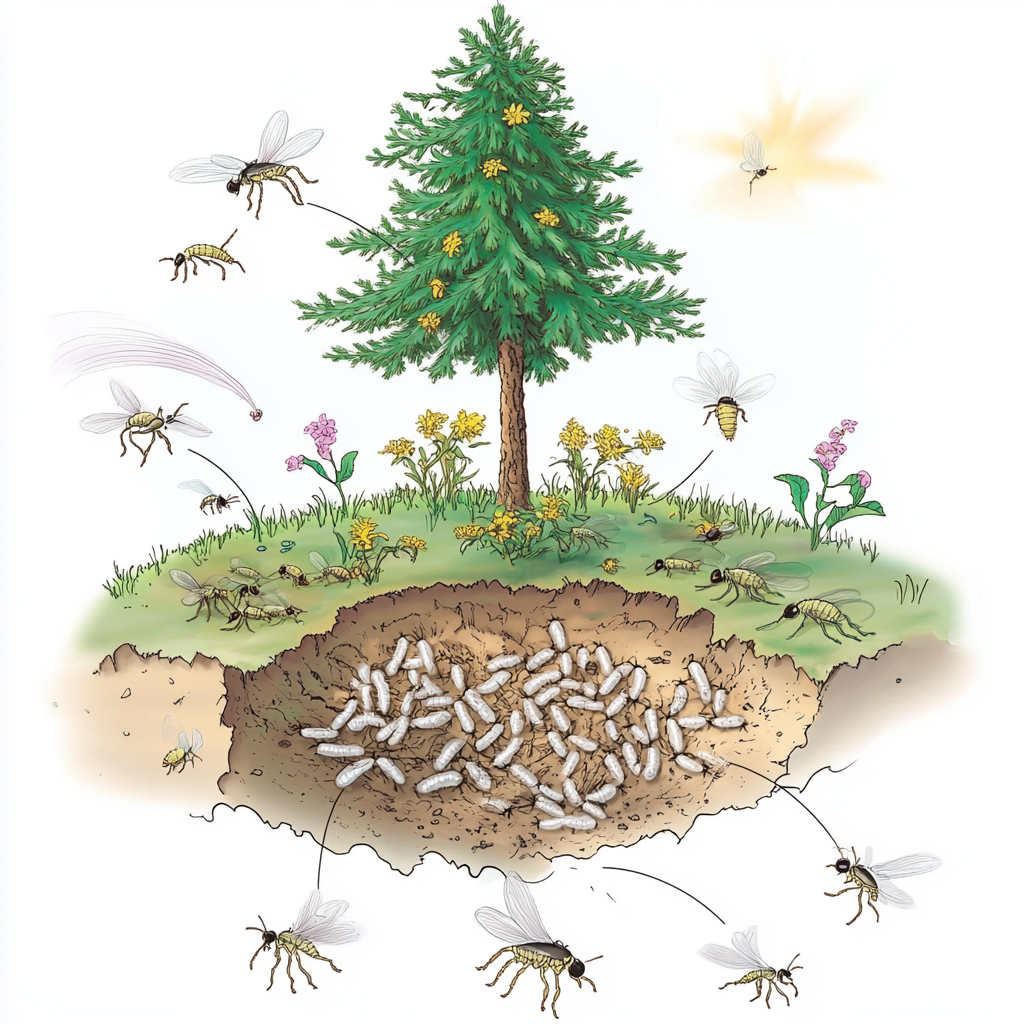
Why Are Fungus Gnats a Problem for Indoor Plants?
Effects on Plants
- Larvae Damage: The larvae feed on organic matter and roots, thus weakening the plant.
- Stunted Growth: The weakened roots struggle to absorb the nutrients and water, leading to poor growth.
- Increased Disease Risk: The root damage opens entry points for the pathogens, making the plants vulnerable to fungal and bacterial infections.
Nuisance to Humans
While fungus gnats do not bite or transmit diseases to humans, their buzzing around the plants, windows, and lights can be an aggravation.
How to Identify Fungus Gnat Infestations
To effectively take up the problem, you must confirm it is indeed fungus gnats that you are dealing with.
Things to Look For
- Flying Gnats: Tiny black or dark gray insects flying around plants or lights.
- Wilting Plants: Plants appear weak, even though you’re providing all the right care for them.
- Soil Larvae: Small, worm-like larvae can be found in the soil, more often in moist portions.
- Sticky Trap Counts: Yellow sticky traps can be used to collect adults. High numbers caught in traps suggest an infestation.
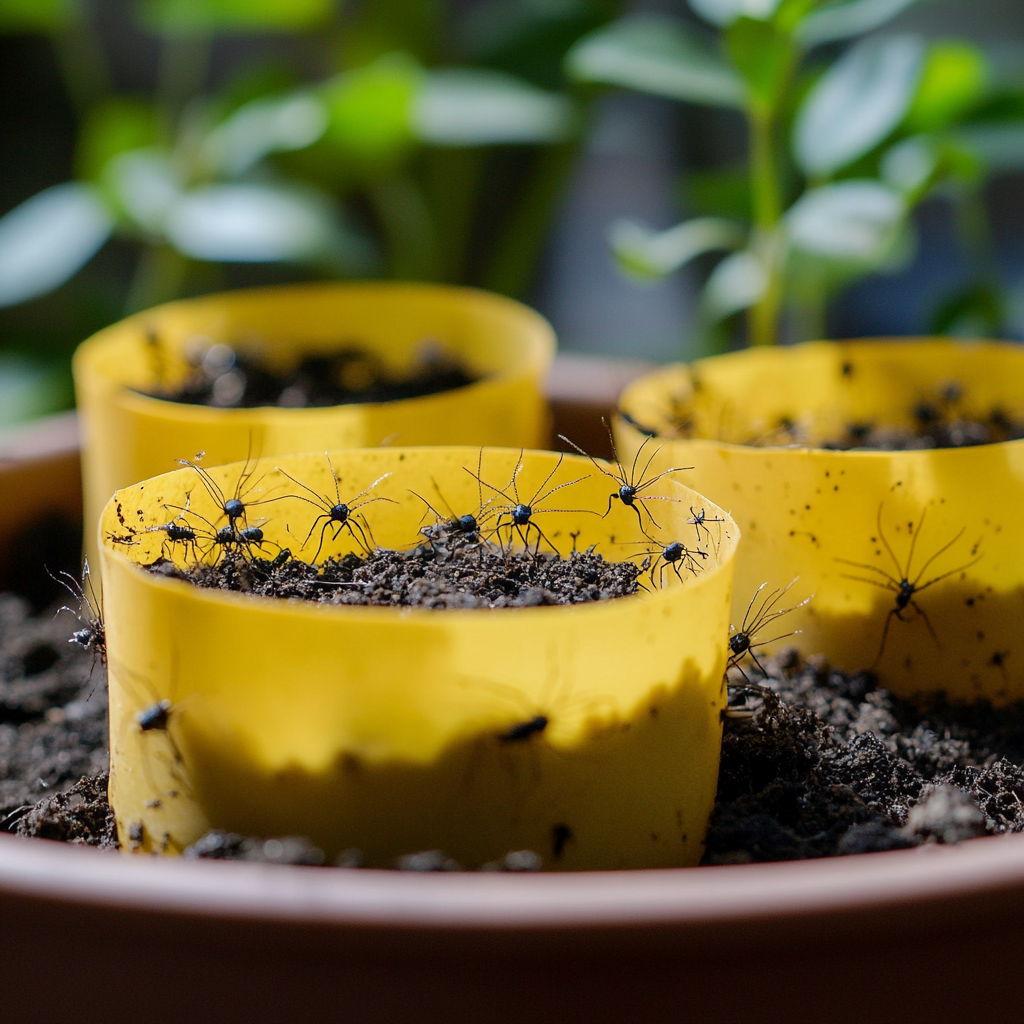
Proven Methods to Eliminate Fungus Gnats
Let’s dive into the most effective ways to get rid of fungus gnats, focusing on practical and actionable methods.
1. Watering Adjustments
Overwatering is the leading cause of fungus gnat infestations. To deter them:
- Allow the top 1-2 inches of soil to dry before watering. Fungus gnat larvae cannot survive in dry conditions.
- Water plants deeply but less frequently to encourage strong, deep roots.
- Avoid overwatering by using a moisture meter.
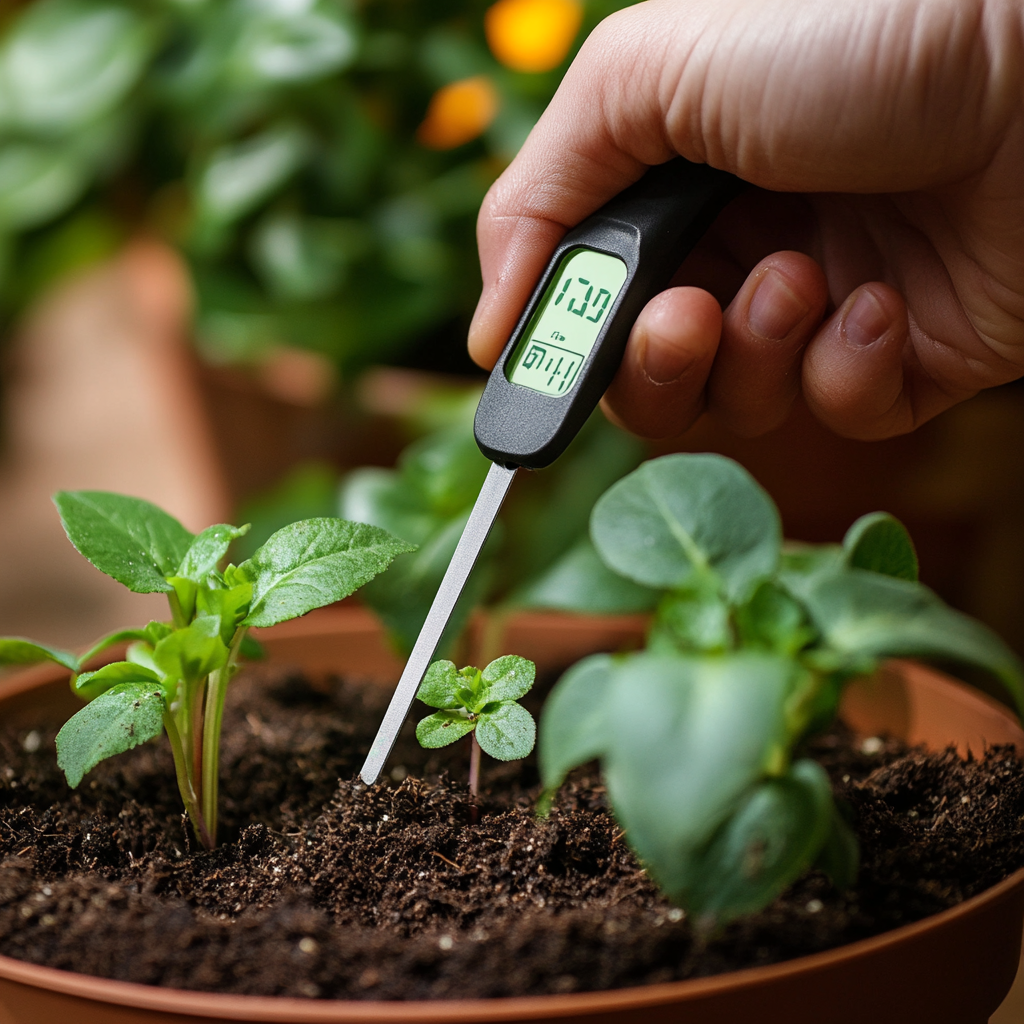
2. Organic Treatments
- Hydrogen Peroxide Solution: One part of 3% hydrogen peroxide is added to four parts water. Water your soil with this solution to kill larvae without hurting your plants.
- Neem Oil Spray: Neem oil is diluted in water and then sprayed on the soil surface and plant foliage. Neem oil interferes with the insect life cycle.
- Sticky Traps: Place yellow sticky traps near the plants to capture adult gnats. Place them closer to the soil for better results.
- Diatomaceous Earth: Dust the soil lightly with food-grade diatomaceous earth. This is a natural powder that kills larvae and adult gnats on contact.
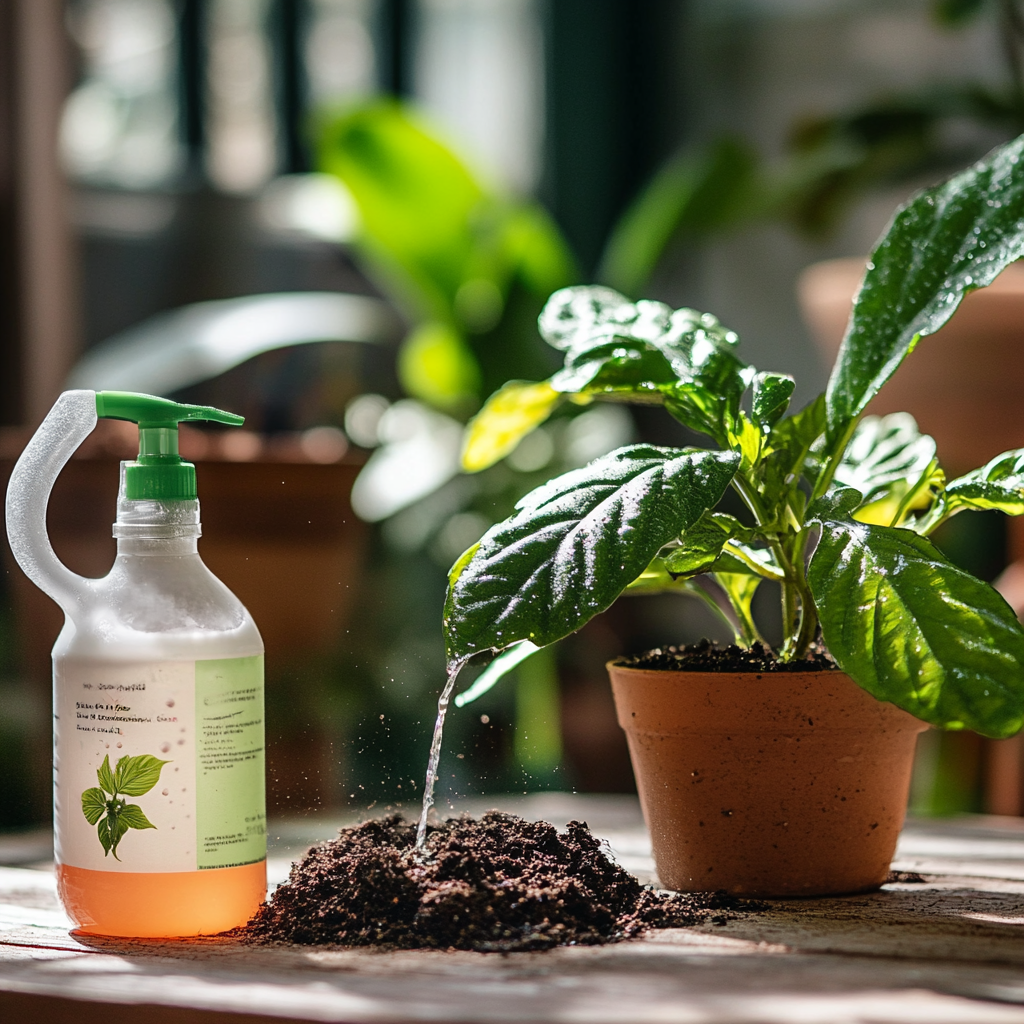
3. Biological Controls
- Beneficial Nematodes: These microscopic worms are very lethal to fungus gnat larvae within the soil. Apply as an instruction on the package.
- Bacillus thuringiensis subspecies israelensis (BTI): This naturally occurring bacterium kills gnat larvae when water, which contains this, is used for watering plants.
- Predatory Mites: Release predatory mites such as Hypoaspis miles into the soil. They feed on fungus gnat larvae, hence reducing their population.
4. Soil Treatment
Consider changing the top layer of the soil where most of the eggs and larvae are concentrated, with fresh, well-draining soil and a layer of sand or gravel to prevent adult laying.
5. Chemical Solutions
Chemical insecticides must be your very last choice. Choose chemical insecticides labeled for fungus gnats, which include insecticidal soap and pyrethrin-based sprays. Follow the manufacturer’s guidelines to prevent any plant and beneficial insect injuries.
How to Avoid Fungus Gnat Infestation
Prevention is better and easier than dealing with an active infestation.
- Proper Handling of the Soil
Utilize good-quality and well-draining potting soil.
Mix in perlite or sand to improve aeration and drainage. - Water Frugally
Water when necessary. Perform the “finger test” to ensure the top layer of soil is dry before watering.
Avoid overwatering plants, particularly during months when evaporation is very slow. - Isolation of New Plants
Quarantine new plants for a period of 1-2 weeks away from your indoor garden. Monitor them during this period for any infestation signs. - Ongoing Maintenance
Clear dead leaves, stems, or litter from the soil.
Clean pots and trays around plants to remove areas that might allow breeding. - Make Conditions Unsuitable
Topsoil with sand, gravel, or pebbles. This would help deter adult gnats from laying eggs.
Keep your plants in a well-ventilated area to reduce the humidity that gnats love.
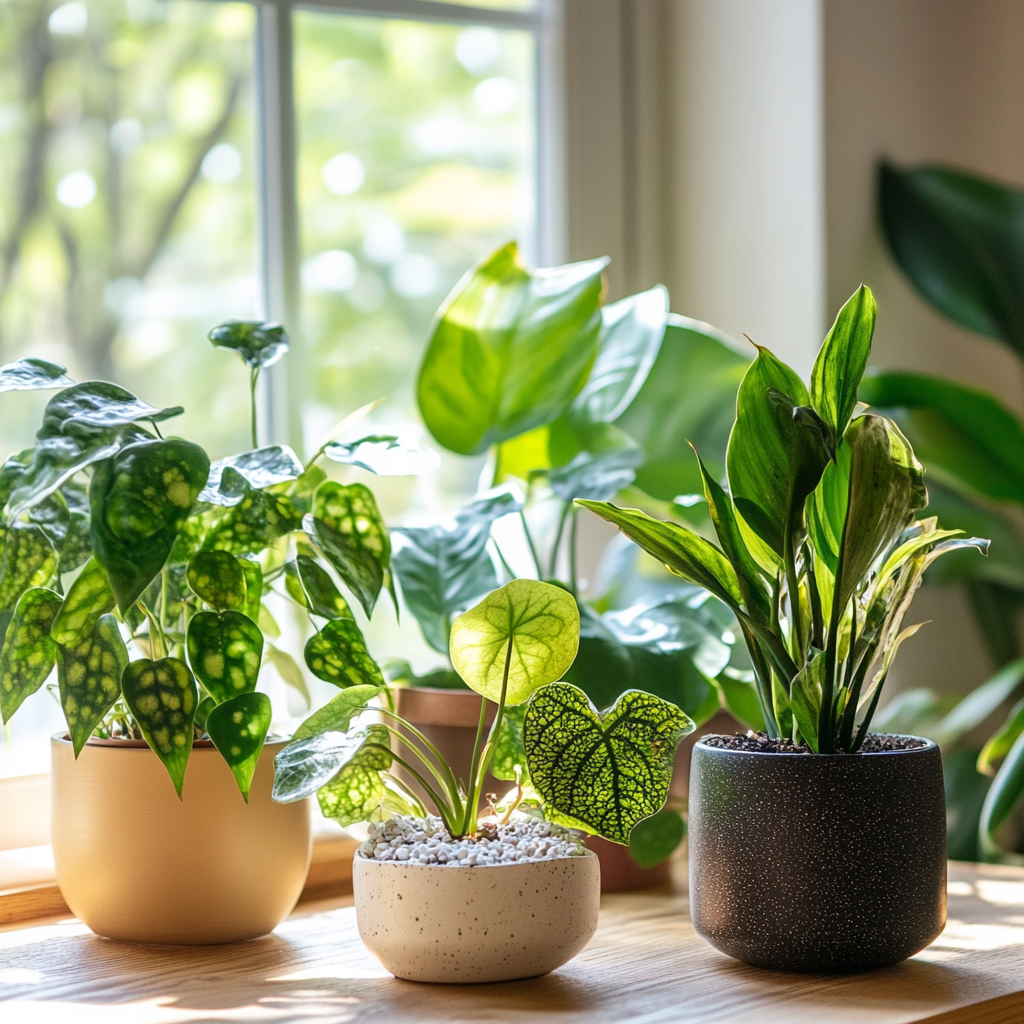
Frequently Asked Questions About Fungus Gnats
- Are fungus gnats hazardous to human beings?
No, fungus gnats are not dangerous to human beings. They do not bite, sting, or carry any diseases. - How long will it take to get rid of fungus gnats?
Depending on the infestation level, it will take 2-4 weeks of persistent methods to get rid of fungus gnats. - Does cinnamon keep fungus gnats away?
Yes, cinnamon is a natural fungicide and can decrease the amount of fungi in the soil. The larvae feed on it. Sprinkle a thin layer on the soil surface. - Is repotting necessary to get rid of fungus gnats?
No, it is not necessary, but one may repot if there is a severe case with larvae infestation in the soil.
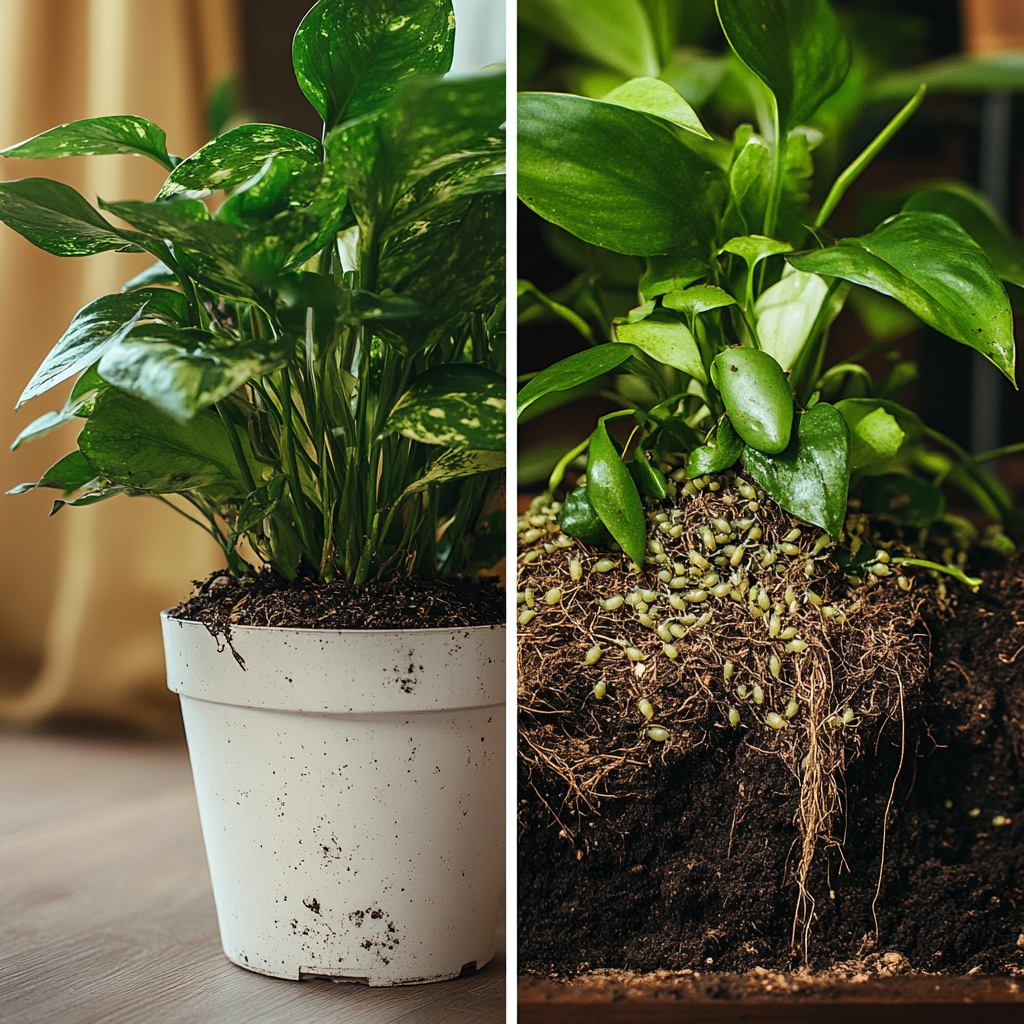
Fungus gnats may seem to be insignificant pests, but if not taken seriously and not cared for, in some time, they can create chaos with your indoor plants. Knowing their behavior and their life cycle, also when the conditions are good, will help you proactively eliminate and prevent their possible infestation.
